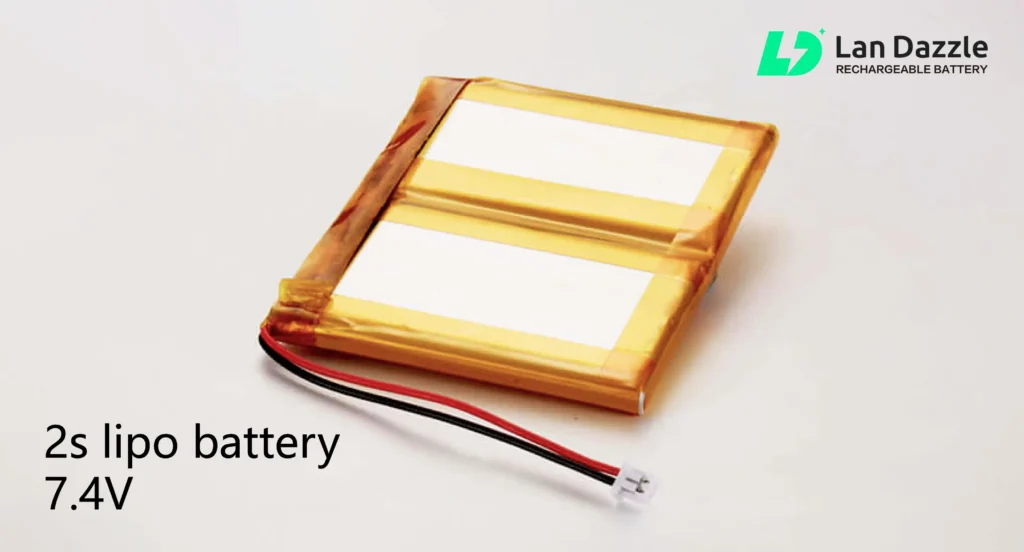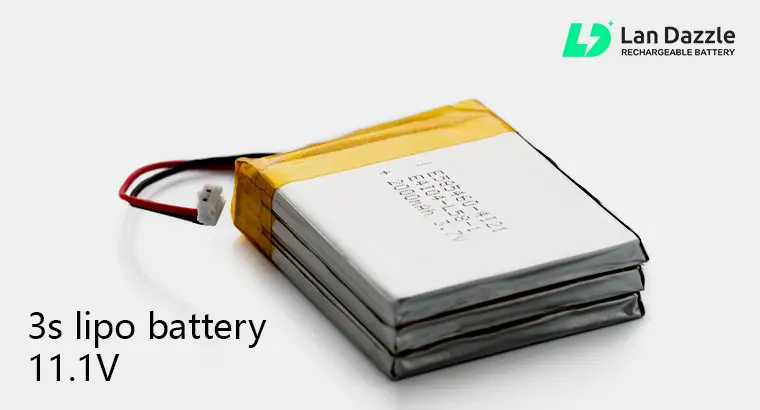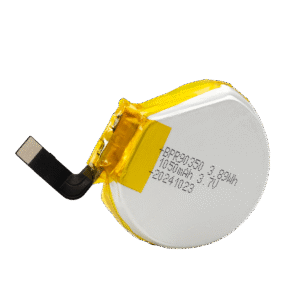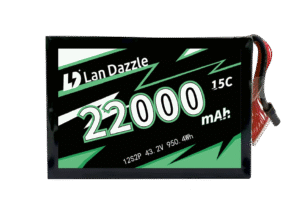Оглавление
Quick Answer: 2S vs 3S Lipo Battery – Which One Should You Choose?
- Choose a 3S LiPo if you want maximum speed and power for racing, aggressive bashing, or high-performance drones. Your equipment (ESC and motor) must be rated for 3S voltage (11.1V).
- Choose a 2S LiPo if you are a beginner, on a budget, your device is only rated for 2S, or you prioritize longer run times and better control over top speed.
Still unsure? Use this quick decision guide:
| Your Situation | Our Recommendation |
|---|---|
| You want the fastest speed possible | Go with 3S |
| You’re new to the hobby | Start with 2S |
| Your RC car/quad is only rated for 2S | You must use 2S |
| You’re on a tight budget | 2S is more cost-effective |
| You need more torque for big jumps/stunts | Upgrade to 3S |
| You’re unsure about your equipment’s specs | Stick with 2S to be safe |
3S is about brutal power, while 2S offers excellent balance and controllability. Never use a 3S battery in a device designed only for 2S, as you can permanently damage your electronics.


Keep reading for a detailed comparison of voltage, performance, compatibility, and crucial safety tips to make the perfect choice for your needs.
What Does ‘S’ in 2S and 3S Actually Mean? (Cells in Series)
Think of the “S” as standing for “Cells in Series.” This is the most important concept to understand.
A single LiPo cell has a nominal voltage of 3.7 volts. When we talk about a battery pack, we’re often linking multiple cells together.
- 2S Lipo Battery: This means 2 cells connected in Series. The voltages add up: 3.7V + 3.7V = 7.4V.
- 3S Lipo Battery: This means 3 cells connected in Series. The voltages add up: 3.7V + 3.7V + 3.7V = 11.1V.
Note: You might also see “P” (Parallel), where cells are connected to increase capacity (mAh) while keeping voltage the same. For example, a “2S2P” pack.
Understanding the Specs: Voltage, Capacity, and Discharge Rate
To make an informed choice between a 2S and 3S battery, you need to understand three key specifications on the label: Voltage (V), Capacity (mAh), и Discharge Rate (C).
1. Voltage (V) – The “Power” and Speed
- What it is: Voltage is the electrical “pressure” of the battery. As we learned, this is directly determined by the number of cells in series (the “S” count).
- 2S: 7.4V
- 3S: 11.1V
- What it means for you: Higher voltage directly translates to higher motor RPM (speed) and more potential power (watts). This is the primary reason you choose a 3S over a 2S—for a dramatic increase in speed and acceleration.
2. Capacity (mAh) – The “Fuel Tank”
- What it is: Capacity, measured in milliamp-hours (mAh), is the size of the battery’s fuel tank. A higher mAh rating means more energy stored.
- Пример: A 5000mAh battery can deliver 5 amps of current for one hour (in theory).
- What it means for you: Capacity primarily determines your runtime. A 5000mAh 2S battery will typically last longer than a 3000mAh 3S battery, despite the lower voltage, because it has a larger “fuel tank.” When comparing batteries, check the mAh to gauge how long you can run.
3. Discharge Rate (C) – The “Size of the Fuel Line”
- What it is: The C Rating indicates how quickly the battery can safely discharge its energy. It’s the maximum current the battery can provide.
- How to calculate it:Maximum Safe Amps = Capacity (in Ah) x C Rating.
- Example: A 5000mAh (5.0Ah) battery with a 50C rating can safely deliver: 5.0Ah x 50C = 250 Amps continuously.
- What it means for you: A higher C rating means the battery can deliver power more effortlessly to meet high-demand situations (like rapid acceleration). This results in less voltage sag (a drop in power under load), better performance, and less strain on the battery. For high-performance 3S applications, a high C rating (e.g., 50C or more) is crucial.
When you look at a battery label like “11.1V 5000mAh 50C”, you now know it’s a 3S pack with a large capacity for long runtime, and a high discharge rate for explosive power.
In-Depth Comparison: A Head-to-Head Look
| Характеристика | 2S LiPo Battery | 3S LiPo Battery |
|---|---|---|
| Номинальное напряжение | 7.4V | 11.1V |
| Fully Charged Voltage | 8.4V | 12.6V |
| Power & Speed | Good for beginners and casual use. | High performance, significantly faster. |
| Torque & Acceleration | Moderate, controllable. | Brutal, excellent for stunts and racing. |
| ESC & Motor Demand | Lower, less heat generated. | Higher, requires robust components to avoid damage. |
| Runtime (Same mAh) | Slightly longer under similar throttle. | Often shorter due to higher power consumption. |
| Weight & Size | Lighter and more compact. | Heavier and larger. |
| Стоимость | Generally less expensive. | More expensive. |
| Best For | Beginners, light-duty vehicles, smaller drones, tight budgets. | Experienced users, racing, bashing, high-performance drones. |
Can I Use a 3S Battery in a 2S Device?
This is the most critical question, and the short answer is: NO, not unless your device’s Electronic Speed Controller (ESC) is explicitly rated for 3S voltage.
Using a 3S battery (12.6V fully charged) in a device designed only for 2S (8.4V max) is a recipe for disaster. Here’s why:
- Fried Electronics: The ESC is the brain of your powertrain. Feeding it 50% more voltage than it’s designed for will likely cause it to overheat and fail permanently—often in a puff of magic smoke.
- Motor Damage: The motor may also be over-stressed by the higher RPMs and power, leading to overheating, demagnetization, or bearing failure.
- Physical Damage: The increased speed and torque can strip gears, break drive shafts, and cause other mechanical failures.
How to Choose the Right Battery for Your Application
- For RC Cars and Trucks:
- 2S: Perfect for newcomers, casual backyard bashing, and vehicles with plastic transmission components. Offers a great balance of speed and control.
- 3S: The choice for serious racers and bashers. Delivers explosive acceleration and high top speeds, but demands a strong drivetrain (metal gears, robust differentials).
- For Drones and Quadcopters:
- 2S: Common for tiny whoop-class and small beginner drones. Provides manageable power for learning and flying indoors or in tight spaces.
- 3S: The standard for 5-inch racing and freestyle drones. Provides the thrust needed for aggressive maneuvers, flips, and high-speed flight.
- For Other Hobby Projects (Robotics, DIY):
- Your choice is dictated by your motor and motor controller’s voltage specifications. Always check their datasheets. A 2S battery is often a safer and simpler starting point for low-to-medium power applications.
Safety, Charging, and Maintenance Tips for LiPo Batteries
LiPo batteries are powerful but require respect. Failure to follow proper safety can lead to fire.
- Use a LiPo-Compatible Balance Charger: Never use a dumb charger. A balance charger charges each cell inside the pack evenly, which is critical for safety and battery longevity.
- Never Leave Charging Batteries Unattended: Charge in a safe, non-flammable area like a LiPo charging bag on a concrete floor.
- Store at Storage Voltage: If you won’t use the battery for more than a few days, set your charger to “Storage Mode.” This brings each cell to about 3.8V, which is the healthiest state for long-term storage. Never store batteries fully charged or fully depleted.
- Inspect Regularly: Look for any puffing, swelling, or damage to the casing. If a battery puffs up, it is damaged and should be disposed of properly at a battery recycling center.
- Dispose of Properly: Do not throw LiPos in the trash. To dispose of them, fully discharge them (e.g., in a saltwater bath) and then take them to a designated battery recycling drop-off point.
Заключение
The choice between a 2S and a 3S LiPo battery ultimately comes down to your specific needs, skill level, and equipment.
- Stick with 2S for its forgiving nature, compatibility, and cost-effectiveness. It’s the undisputed champion for beginners, casual users, and anyone with a device that has limited voltage tolerance. You’ll enjoy plenty of fun and a longer runtime without pushing your gear to its limits.
- Upgrade to 3S when you are chasing maximum performance, blistering speed, and explosive power. This path requires a financial commitment and a technical check to ensure your ESC, motor, and drivetrain can handle the increased stress. The reward is an adrenaline-fueled experience that 2S simply cannot match.
No matter which you choose, always prioritize safety. Use a proper balance charger, store your batteries correctly, and regularly inspect them for damage. A well-maintained battery, whether 2S or 3S, will provide longer and more reliable service.
Have Specific Requirements?
We specialize in crafting custom LiPo solutions with precise:
- Voltage & Configuration (S count)
- Capacity (mAh) & Discharge Rate (C)
- Form Factor, Size, and Connectors
- Integrated Battery Management Systems (BMS)
Feel Free to Contact Us!
Электронная почта: info@landazzle.com
Whatsapp: +8618938252128

